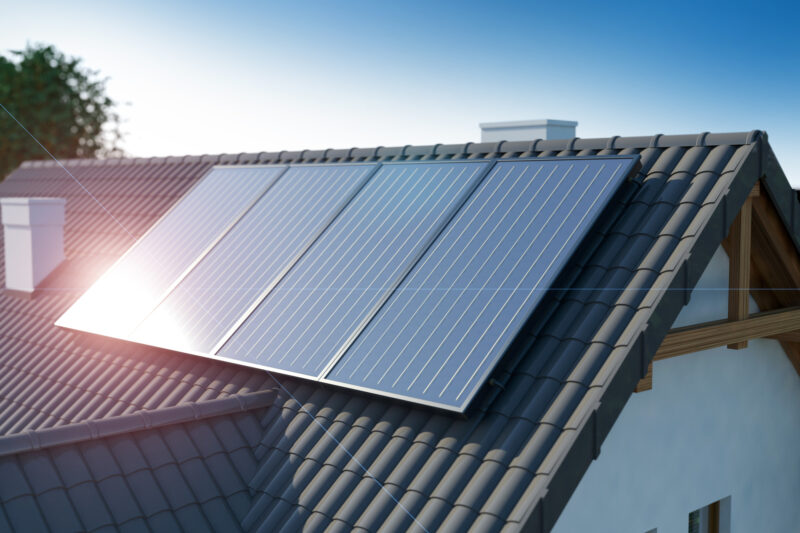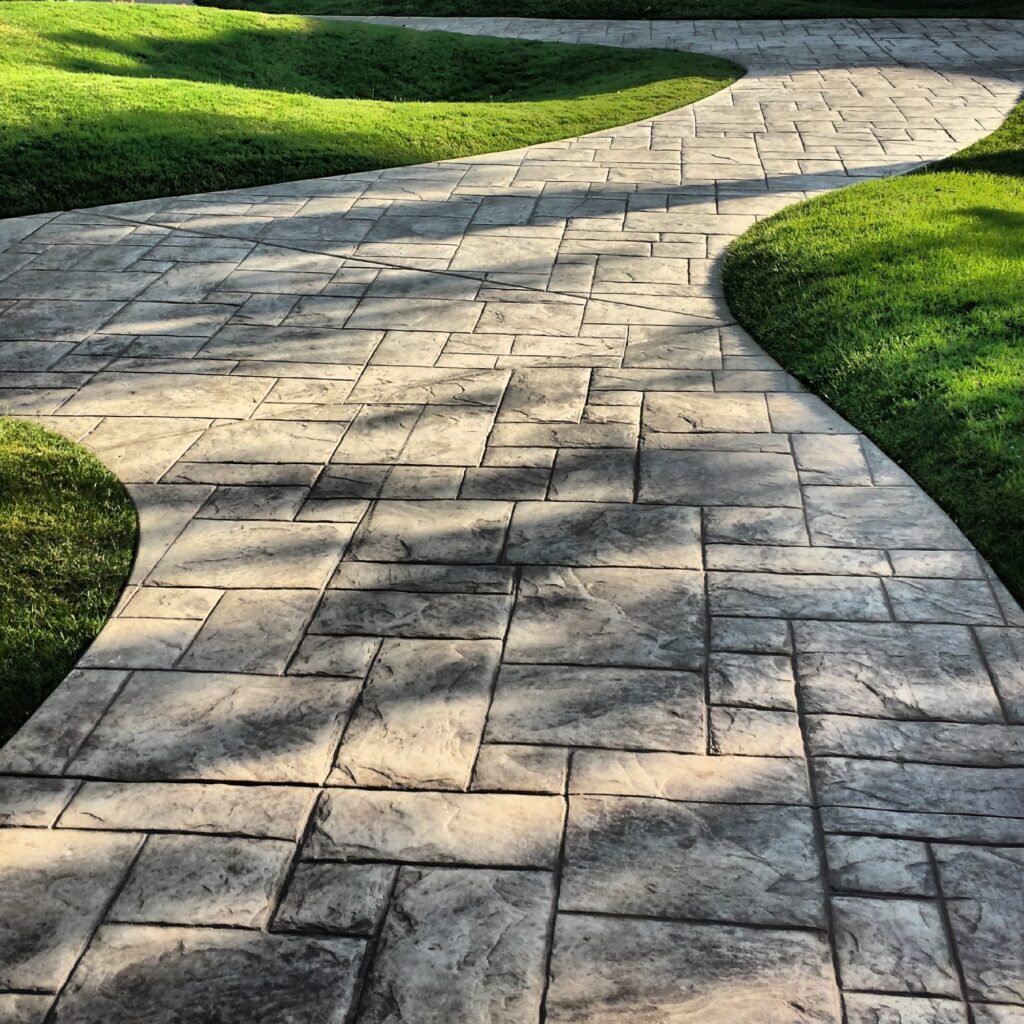On average, a residential solar installation in the U.S. consists of about 20 separate solar panels that turn out 5KW of power.
The combined United States solar power energy offsets approximately 70 million metric tons of carbon dioxide every year. You would have to plant 1.2 billion trees to do the same job.
Solar industry technology is here to stay and here to help the planet. That is why we have provided you with this short guide to the basics of solar panels. A friendly way to help you better understand this unique technology.
The Basics of Solar Panels
Solar panels can convert the sun’s energy into electricity for everyday use. Energy from the sun is harnessed through photovoltaic cells arranged under transparent glass placed over the solar panel.
Solar panels provide energy to residential and commercial buildings and can power just about any technology that uses electricity to operate. You can view more here about the further benefits of solar panels.
How Do Solar Panels Work?
Several components combine in making a single solar panel operate. The other elements that make up the system used to store and convert the energy for everyday use.
The essential parts of a solar system are:
- The solar panel itself, which captures the sun’s energy
- An electrical inverter, which converts the energy into usable electricity for your home or commercial property
- Mounting hardware, which is the foundation of the stability of your system, wherever it may be placed
- A battery, which is needed to store the energy that your solar system is generating
- A charge controller, which helps set the rate at which the batteries charge
Of course, there are additional smaller parts involved in a solar system like the wiring and fuses. Not to mention an array of solar system equipment used to monitor the health of your system. Equipment that helps monitor energy consumption and troubleshoots problems that may arise.
How Long Do Solar Panels Last?
A photovoltaic solar panel can last anywhere from 20 to 30 years, depending on how and where it is used. A solar panel system has an energy efficiency rating and should produce at least 80% of that rated power over a 20 to 30 year period.
That doesn’t mean that a solar panel system will stop working after 20 to 30 years. It usually means that its power efficiency begins to drop below 80% afterward.
A solar panel system manufacturer will provide this essential information to anyone interested in making a solar panel investment.
The Future of Solar Panel Systems
As solar technology continues to improve and the cost of producing solar energy drops, expect to see a rise in its use. Not only does solar energy promise a greener future for the planet, but it can also help to bring affordable electrical energy to more rural and underdeveloped parts of the world.
Let us know if you enjoyed this article on the basics of solar panels, and we will continue to bring you more valuable information regarding the green energy of the future.





Leave a Reply
You must be logged in to post a comment.